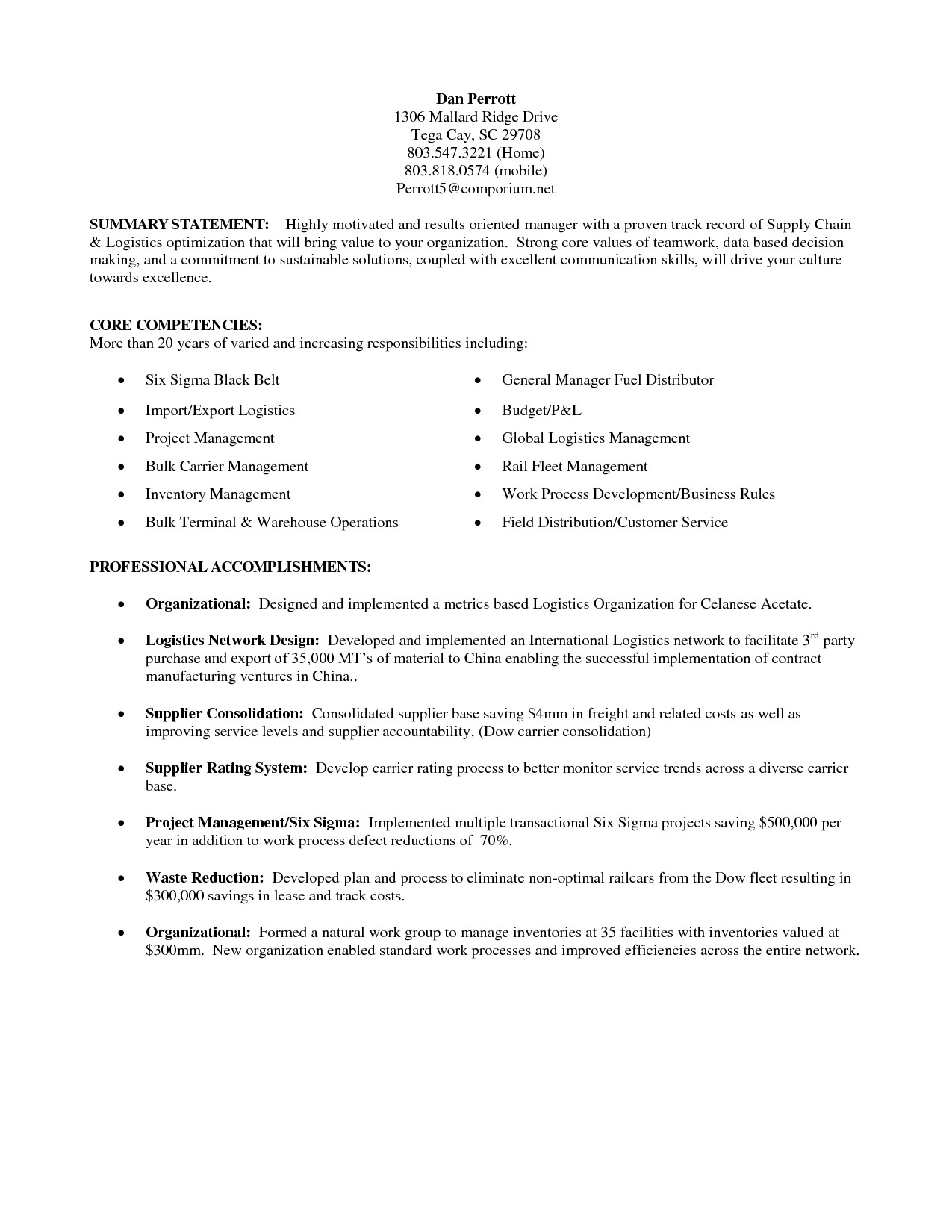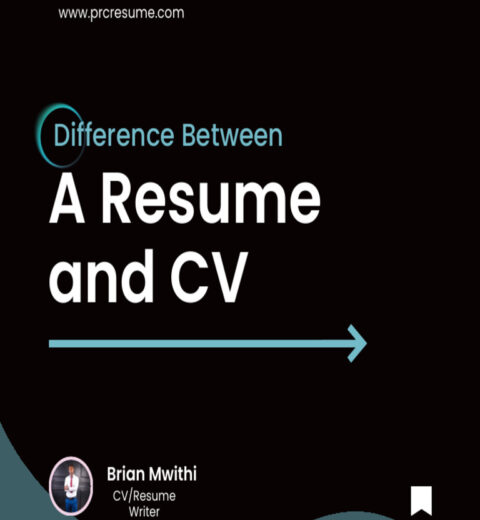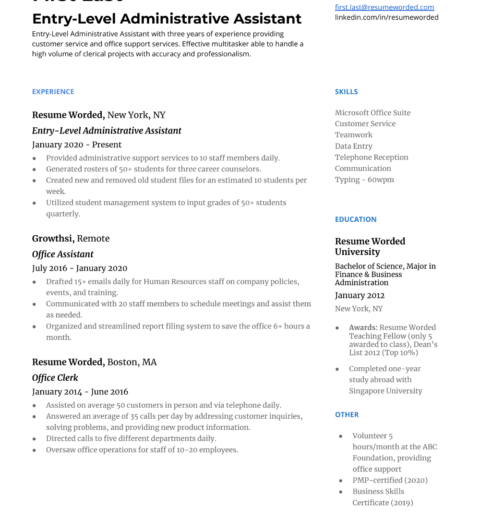Have you ever wondered why some resumes catch the eye of hiring managers while others languish unread? Crafting a compelling resume summary can be your secret weapon in the battle for attention in a crowded job market. But where do you begin? The challenge lies in distilling your professional journey into a concise narrative that captivates and resonates. Here’s how to write a resume summary that sells your story effectively.
Understanding the Resume Summary
At its core, a resume summary serves as a succinct overview of your career, encapsulating your most significant achievements, skills, and experiences. It’s the first thing a hiring manager sees, making it crucial for conveying your value proposition swiftly. Unlike the objective statement of the past, which often leaned toward a self-serving approach, a well-crafted summary shifts the focus to what you can offer an employer.
Identifying Your Unique Selling Proposition (USP)
First, it’s essential to identify your unique selling proposition. What sets you apart from other candidates? For instance, do you possess specialized skills that are rare in your field? Are you notable for significant achievements that demonstrate your capabilities? Brainstorm a list of your strengths, professional experiences, and accolades. This exercise will illuminate the core themes of your professional journey.
Structuring Your Summary
A coherent structure is vital for maintaining clarity and impact in your summary. Typically, a resume summary consists of three compelling components:
- Key Achievements: Highlight your most impressive accomplishments. For example, you might mention how you increased sales by a certain percentage or led a successful project.
- Core Skills: List the skills that are most relevant to the job you are applying for. Tailoring this section to match the job description can enhance your visibility during the applicant tracking process.
- Professional Goals: Conclude with a brief statement about your career aspirations. This gives context to your accomplishments and shows that you have a forward-thinking mindset.
Crafting an Engaging Narrative
As you begin writing, aim for a narrative that flows naturally, drawing the reader in. Start with a strong opening sentence that showcases your profession and expertise. For example, “Dynamic marketing professional with over a decade of experience in driving digital campaigns.” This introduction sets the tone and provides context for your story.
Following the introduction, weave in your key achievements and skills using a mix of concise phrases and complete sentences. Using action verbs can add vigor to your narrative. Words like “spearheaded,” “revitalized,” and “transformed” can help convey your proactive approach and effectiveness.
Personalizing Your Summary
While structure and content are crucial, personalization cannot be overstated. Consider the specific role you are applying for and the company culture. Your summary should reflect not only your qualifications but also your alignment with the organization’s values. For instance, if the company prides itself on innovation, you might want to showcase your experience with initiating creative solutions.
Kicking it Up a Notch with Keywords
In today’s digital hiring landscape, incorporating keywords relevant to your desired position is essential. Many companies use applicant tracking systems (ATS) to filter resumes before they reach human eyes. Familiarize yourself with the job description and populate your summary with pertinent terms that enhance your likelihood of getting noticed. However, striking a balance is imperative; be wary of keyword stuffing, which may dilute the authenticity of your narrative.
The Power of Brevity
Though it’s tempting to elaborate extensively on your achievements, remaining succinct is key. Aim for a summary that is typically 3-5 sentences long, or around 50-150 words. During this process, it may help to visualize the reader’s time constraints; hiring managers usually spend mere seconds on initial resume assessments. An impactful yet brief summary allows you to maximize reader engagement from the outset.
Editing and Revising
Once you have drafted your resume summary, take time for editing. This stage is where clarity, grammar, and tone can be refined, allowing for a polished final product. Read your summary aloud or enlist a trusted colleague to provide constructive feedback. Sometimes, a fresh set of eyes will highlight areas for improvement that may not be immediately apparent to you.
Making a Lasting Impression
In conclusion, a well-written resume summary can be the springboard that propels your application to the forefront of the hiring process. By meticulously constructing a narrative that highlights your achievements, skills, and professional aspirations while infusing it with personalized elements and relevant keywords, you can create an impactful summary that genuinely sells your story. Embrace the challenge, and position yourself as the standout candidate in your field. With determination and precise execution, your resume summary can indeed be your ticket to success.




